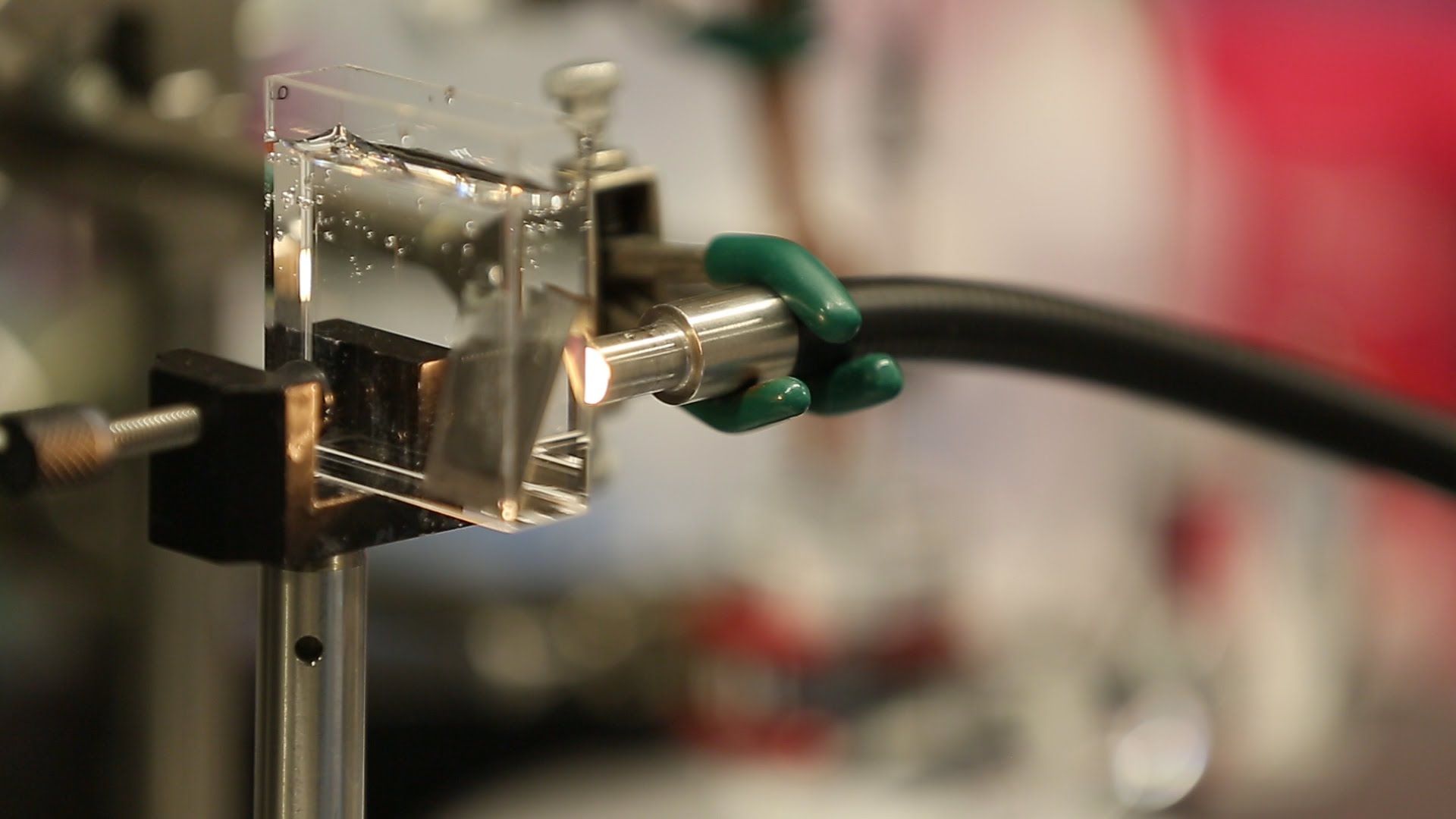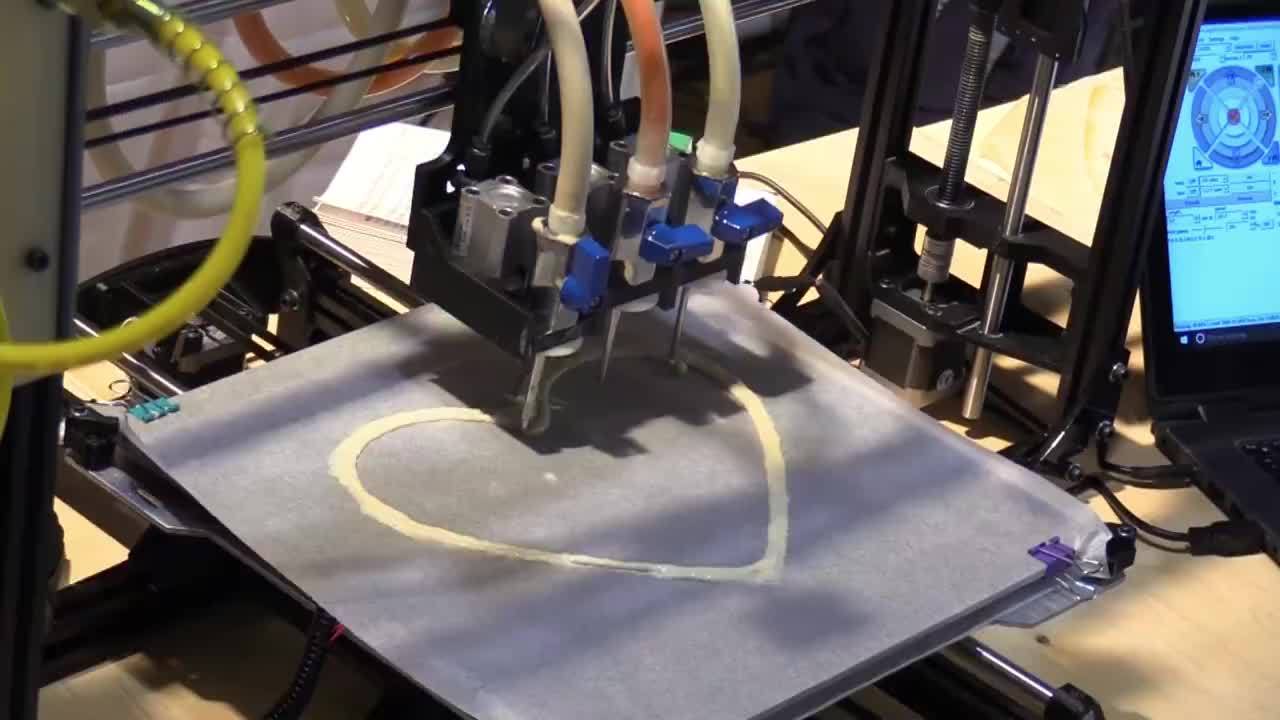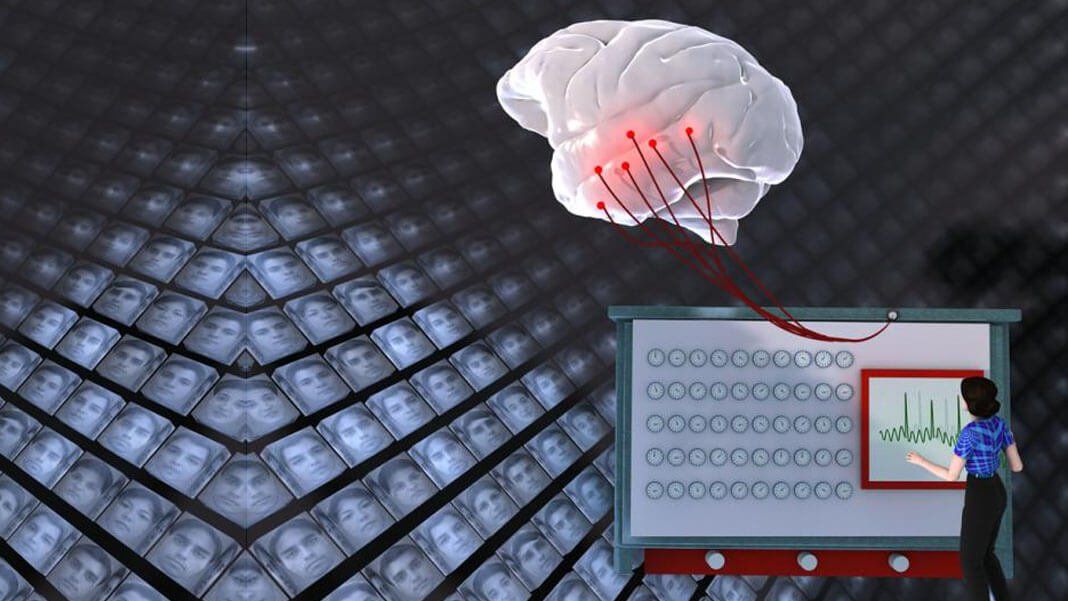Page 10495
Sep 24, 2017
He Hacked a Way to Talk to Plants — and They Talk Back
Posted by Shailesh Prasad in category: bioengineering
Bioengineer Keenan Pinto designed an application that helps hydroponic farmers “talk” to their plants.
Sep 24, 2017
Scientists have created a BACTERIUM that inhales CO2 producing Energy
Posted by Shailesh Prasad in categories: cyborgs, energy, genetics, transhumanism

It’s a bionic leaf that could revolutionize everything we thought we knew about clean energy.
Harvard scientists open the door to an energetic revolution that has allowed them to test successfully a system that converts sunlight into liquid fuel.
Continue reading “Scientists have created a BACTERIUM that inhales CO2 producing Energy” »
Sep 24, 2017
Forget Police Sketches: Researchers Perfectly Reconstruct Faces
Posted by Shailesh Prasad in category: robotics/AI
Picture this: you’re sitting in a police interrogation room, struggling to describe the face of a criminal to a sketch artist. You pause, wrinkling your brow, trying to remember the distance between his eyes and the shape of his nose.
Suddenly, the detective offers you an easier way: would you like to have your brain scanned instead, so that machines can automatically reconstruct the face in your mind’s eye from reading your brain waves?
Sound fantastical? It’s not. After decades of work, scientists at Caltech may have finally cracked our brain’s facial recognition code. Using brain scans and direct neuron recording from macaque monkeys, the team found specialized “face patches” that respond to specific combinations of facial features.
Continue reading “Forget Police Sketches: Researchers Perfectly Reconstruct Faces” »
Sep 24, 2017
This 1950s car has a hidden fifth wheel to make parking easier
Posted by Shailesh Prasad in category: transportation
Sep 24, 2017
An exercise scientist explains why you shouldn’t do sit-ups or crunches
Posted by Shailesh Prasad in category: health
Sep 24, 2017
100 Million Passengers Every Year
Posted by Shailesh Prasad in categories: economics, food, government, health, policy, sustainability
Sep 24, 2017
The house in ‘Ex Machina’ is actually a stunning hotel in Norway — take a look inside
Posted by Shailesh Prasad in category: futurism
Step inside the Juvet Landscape Hotel in western Norway, the main setting for the 2015 sci-fi thriller “Ex Machina.”
Sep 24, 2017
Particle Accelerators Could Be the Key to Cheaper Solar Panels
Posted by Shailesh Prasad in categories: particle physics, solar power, sustainability
It may seem counterintuitive, but we can use a particle accelerator to make solar panels. Here’s how.
















